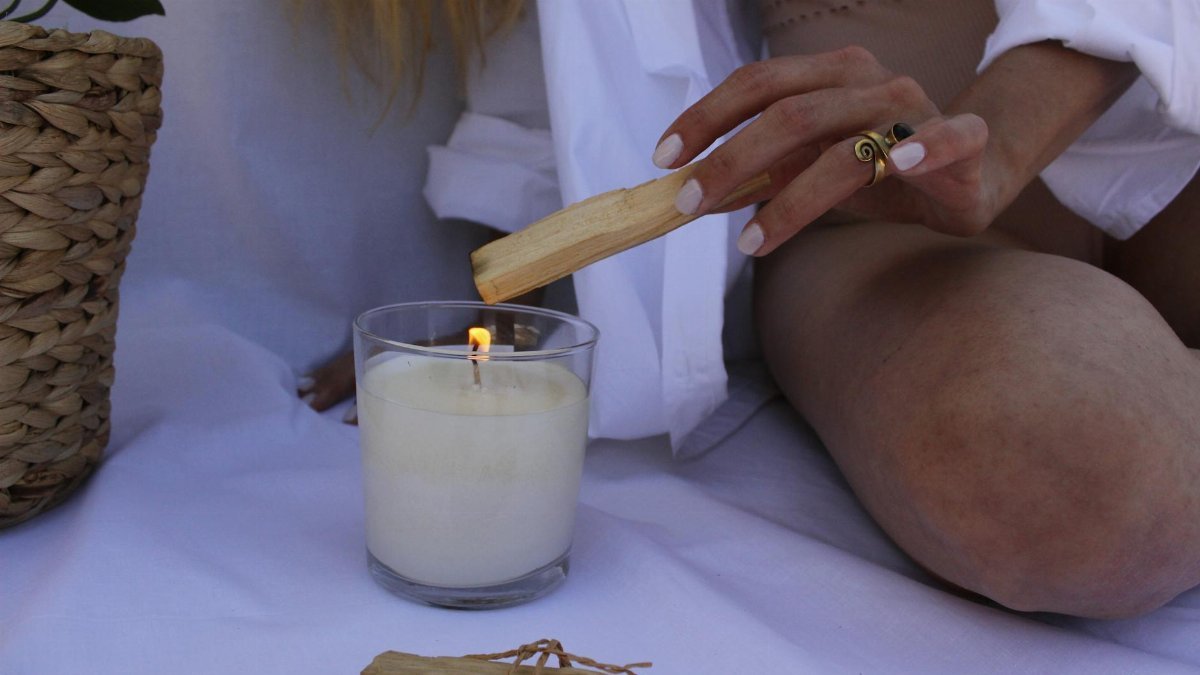Imagine a quiet morning in a small yoga studio in Portland, where a group of strangers gathers, each carrying their own invisible burdens. As the instructor guides them through a breathing exercise, a palpable shift occurs—tension eases, shoulders drop, and for a moment, the weight of the world seems lighter. This scene, repeated in countless spaces across the country, captures the essence of mind-body healing. It’s not about grand gestures or lengthy explanations; it’s about finding small, intentional ways to reconnect with oneself. For many, this practice offers a path to regulate emotions and stress without the need to justify or articulate every feeling. In a society that often demands we account for our every move, mind-body healing provides a quiet rebellion—a way to prioritize inner peace over external validation. Let’s explore how to embrace this approach with practical, accessible steps.
1. Embrace Silent Breathwork for Instant Calm

Breathing is the simplest tool we carry everywhere, yet it’s often overlooked. Mind-body healing begins with something as fundamental as a slow, deliberate inhale and exhale. Studies from institutions like the National Institutes of Health show that controlled breathing can lower cortisol levels, easing stress almost instantly. Try this: sit somewhere quiet, close your eyes, and breathe in for four counts, then out for six. No need to explain why you’re stepping away for five minutes— just do it. The beauty lies in the privacy of the act; it’s a reset no one else needs to understand.
Consider a busy parent who, amid the chaos of a morning routine, slips into the bathroom for a quick breathing pause. Without a word, they return steadier. It’s a small act, but powerful. Varying the rhythm—sometimes short bursts, sometimes long, deep cycles—keeps the practice fresh and adaptable to the moment’s demands.
2. Ground Yourself with Barefoot Moments

Feeling the earth underfoot can be a direct line to calm. Known as “grounding” or “earthing,” this practice ties into mind-body healing by reconnecting us physically and energetically with nature. Research summarized by the National Center for Biotechnology Information suggests that direct contact with the ground may reduce inflammation and improve mood. Kick off your shoes in the backyard or a nearby park for a few minutes. There’s no need to announce your intent—just feel the grass or soil and let it anchor you.
This works even in urban settings. One city dweller described standing on a patch of dirt in a community garden, toes curling into the cool earth, as a rare moment of stillness amid honking traffic. It’s personal, quiet, and requires no justification to anyone watching.
3. Use Visualization to Release Unspoken Stress

What if the weight you carry doesn’t have words? Visualization, a staple of mind-body healing, lets you process emotions without verbalizing them. Picture a heavy stone lifting off your chest or a wave washing away tension. A report from the Mayo Clinic highlights how guided imagery can reduce anxiety by shifting focus to calming mental scenes. You don’t owe anyone an explanation for closing your eyes at your desk for a brief mental escape.
The technique adapts to your needs. Some imagine a safe place—a childhood beach, a quiet forest—while others visualize stress as a tangible object they can set aside. It’s a private dialogue with yourself, requiring no external validation or lengthy discussion.
4. Move Intentionally with Micro-Stretches

Movement doesn’t have to mean a full workout. Small, purposeful stretches—at your desk, in the kitchen, or while waiting for coffee—can release stored tension. The Harvard Medical School notes that stretching improves circulation and eases muscle stress, key components of mind-body healing. Roll your shoulders back for 30 seconds or reach for the ceiling. No one needs to know why; the relief speaks for itself.
Picture a teacher, mid-day, standing by their classroom door during a break, subtly stretching their neck while students chatter. It’s not a performance—it’s a quiet recalibration. Mixing up the stretches—sometimes a side bend, other times a gentle twist—keeps the body engaged without drawing attention.
5. Create a No-Explanation Sensory Ritual

Sensory experiences can anchor us without a word. Think of holding a warm mug of tea, focusing on its heat against your palms, or rubbing a smooth stone in your pocket. These tiny rituals, often tied to mind-body healing, shift attention to the present. They don’t require a backstory or justification. Choose a texture, scent, or sound—maybe the rustle of leaves on a quick walk—and let it ground you.
One person recalled keeping a small vial of lavender oil at their workstation, dabbing a drop on their wrist during stressful calls. Colleagues didn’t notice, and they didn’t need to. The scent was a silent signal to breathe easier. Experiment with what resonates—there’s no right or wrong here, only what works for you.
6. Set Boundaries with a Silent Signal

Regulation often means protecting your space, and you don’t have to explain why you need a moment. A subtle cue—like wearing headphones, closing a door, or placing a small object on your desk—can signal to others that you’re stepping back. This ties into mind-body healing by honoring your need for pause without inviting questions. It’s about reclaiming control over your energy.
Think of a remote worker who, during a hectic day, puts a sticky note on their monitor saying “back in 10.” No lengthy reasoning, just a boundary. Over time, those around them learn the signal. It’s less about shutting others out and more about carving a small, necessary space for yourself.
7. Journal Without Sharing a Word

Writing can be a release, but it doesn’t have to be public. Scribble thoughts, frustrations, or even random doodles in a notebook kept just for you. Studies referenced by the University of Rochester Medical Center suggest expressive writing can lower stress and clarify emotions. There’s no need to explain what you’re writing or why—the act itself is the healing.
Some keep a tiny notepad for quick bursts during the day, while others reserve a late-night session. One anonymous account shared online described the relief of jotting down worries before bed, then closing the book as if sealing them away. It’s a private contract with yourself, unseen by others.
8. Listen to Your Body’s Quiet Cues

Your body often signals what it needs before your mind catches up. A tight jaw, shallow breaths, or a racing heart—these are whispers to pause. Mind-body healing teaches us to tune in without overanalyzing or justifying to others. If you’re tired, rest for five minutes. If you’re tense, step outside. Trust those instincts without feeling pressured to explain.
Consider someone at a family gathering, feeling overwhelmed, who slips out to sit on the porch for a breather. They don’t announce it; they just listen to the internal nudge. Honoring these cues builds a dialogue between mind and body, one that doesn’t require an audience.
9. Limit Overthinking with a Mantra

Sometimes, the mind spirals with reasons or excuses, even when none are needed. A short, personal mantra—“I’m allowed to pause” or “This is for me”—can cut through the noise. Repeating a phrase silently aligns with mind-body healing by refocusing mental energy. It’s a reminder that you don’t owe the world an explanation for self-care.
One individual described using “just breathe” during tense moments at work, muttering it under their breath while typing. It wasn’t for show; it was a tether back to calm. The mantra can shift day to day, matching whatever you need to hear in the moment.
10. Build a No-Judgment Rest Routine

Rest isn’t laziness—it’s regulation. Whether it’s a 10-minute nap, a moment with eyes closed, or simply lying down after a long day, create a rest habit that’s yours alone. Research from the Centers for Disease Control and Prevention underscores how even short rest periods improve mental clarity and emotional balance. You don’t need to explain why you’re stepping away to recharge.
Picture a freelancer who, mid-afternoon, dims the lights and rests on the couch with a blanket, no questions asked. It’s not avoidance; it’s renewal. Make this routine non-negotiable, whether it’s daily or weekly, and let it stand as a quiet act of self-preservation.
